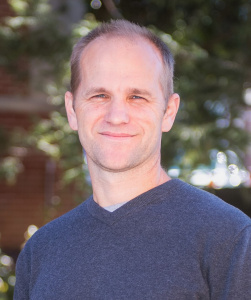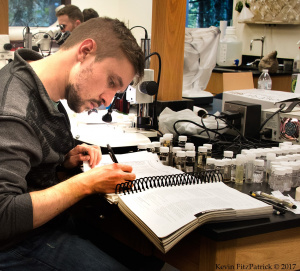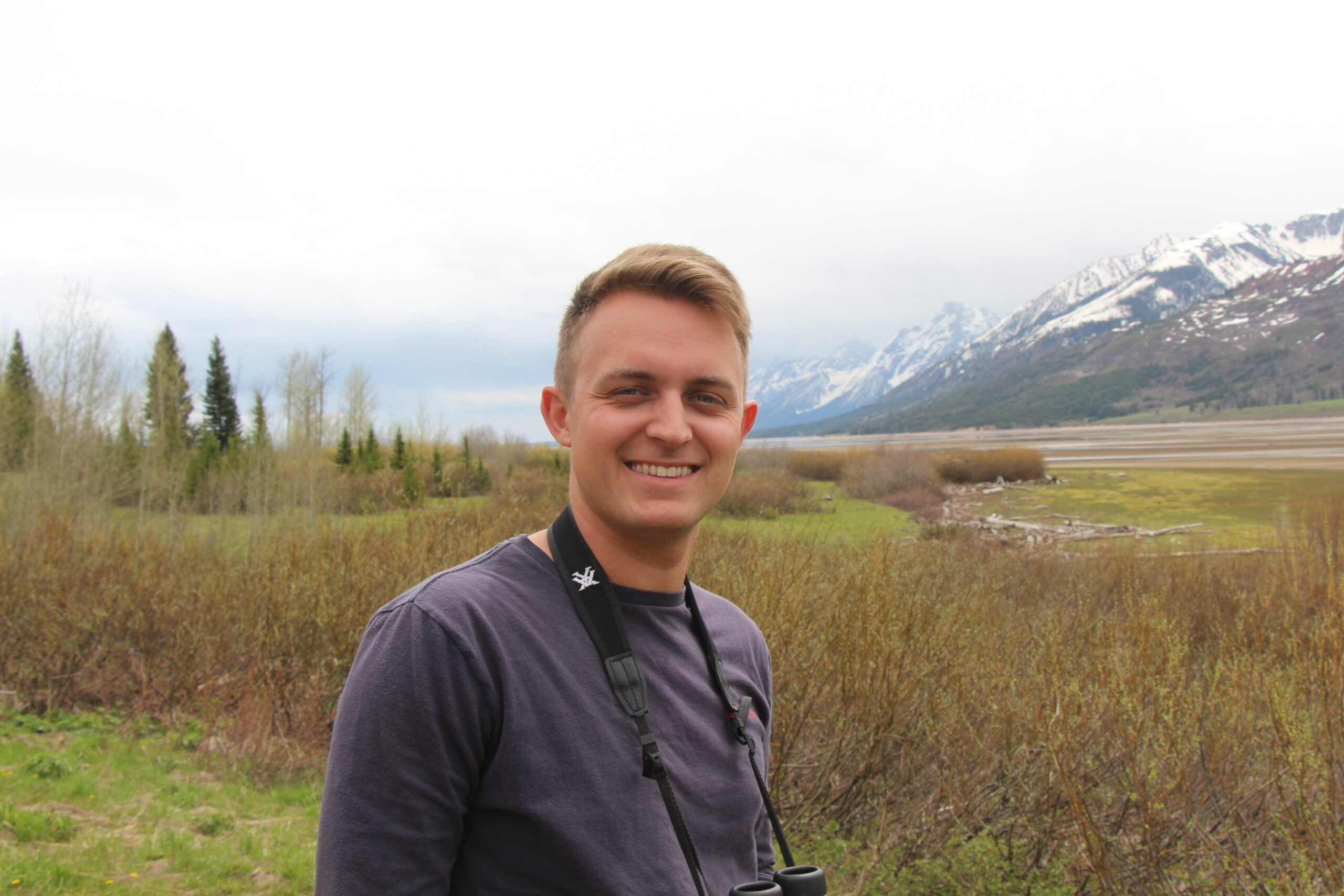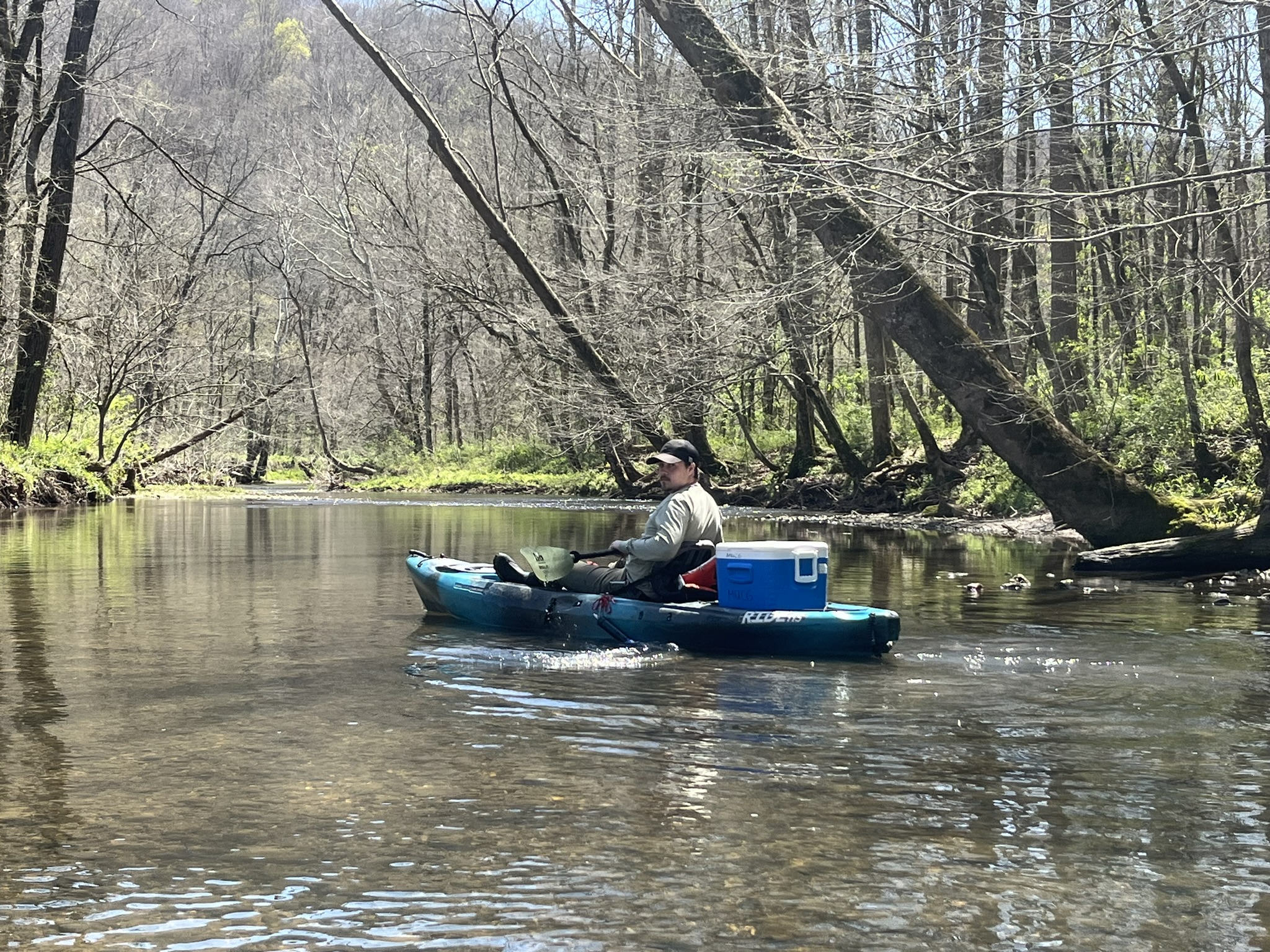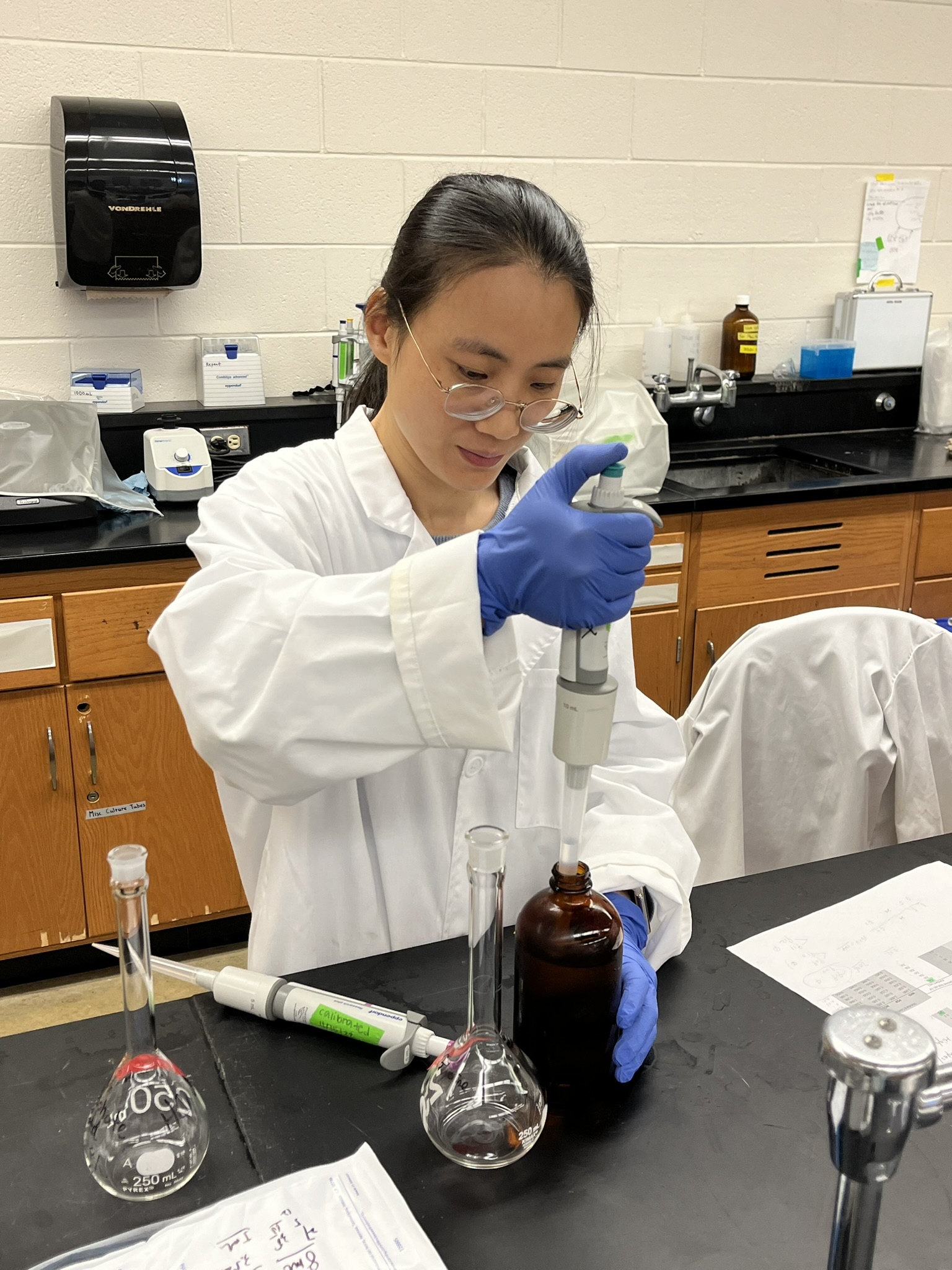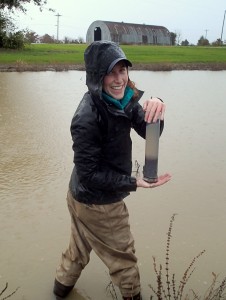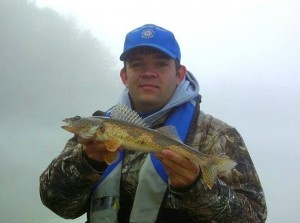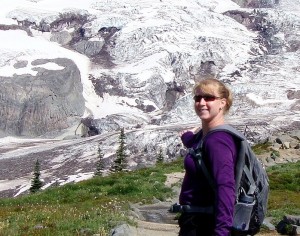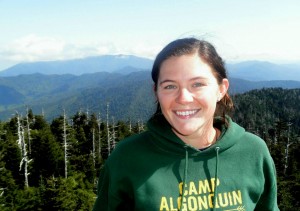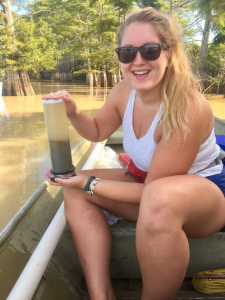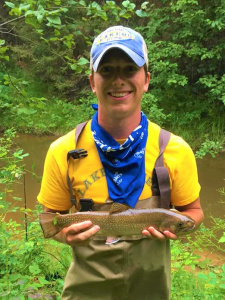Justin Murdock
Graduate Students, PostDocs, Technicians
Current
Peter Blum, PhD student (MS University of North Carolina Greensboro) is studying stream macroinvertbrate responses to watershed impacts from a large military research base, and the transfer of PCBs through stream food webs.
Dalton Tryba, MS student (BS Florida Gulf Coast) is researching harmful algal bloom development in large rivers.

Zoë Porter, PhD student (MS University of West Florida, BS Oklahoma State University) is studying the mechanisms that produce trade-offs in ecosystem services in restored wetlands.
Seth Haston, MS student (BS University of Tennessee) is researching how wastewater transported across watersheds through underground karst conduits influences stream water quality, and potentially impacts the reintroduction of federally endangered Bluemask Darters.
Dr. Jingjing Li (PhD Chinese Academy of Sciences) is a postdoctoral research associate in the lab. Her research is focused on finding environmental thresholds for harmful algal bloom development and toxin production in large river systems. She is working to parameterize a bloom prediction model for the Ohio River.
Past Students and Technicians
Kate Henderson, MS (BS University of Pittsburgh)
Kate studied how water depth in agricultural streams influences algal structure and function. She is currently a PhD student at Montana State University.
Lucas Hix, MS (BS Tennessee Tech University). Lucas studied the factors that regulate Didymosphenia geminata (an invasive diatom) colonization and mat formation in Tennessee streams. Lucas is currently working as an Environmental Scientist for the Tennessee Department of Environment & Conservation.
Andrea Engle, MS (BS Tennessee Tech University )
Andrea studied how environmental factors influence Didymosphenia geminata cell division and stalk formation, and the applicability of eDNA for Didymo detection in streams. She is currently working as a Park Ranger at Rocky Fork State Park, TN.
Dr. Natalie Knorp, PhD. (MS Florida Atlantic University, BS Michigan State University)
Natalie studied how disturbances alter secondary production and energy flow through food webs in Southern Appalachian streams. She currently works as an Environmental Scientist for the Tennessee Department of Transportation.

Jay Payne, MS (BS University of Georgia). Jay studied how lake drying effects hypoxia in oxbow lakes. He currently works for the Georgia Department of Natural Resources as a fisheries technician.
Jordan Evans, MS (BS Ball State University, MS Tennessee Tech). Jordan studied denitrification and nutrient uptake in sediments of agricultural lakes. She now works as a an Environmental Scientist with the Tennessee Department of Environment and Conservation.
Sam Day, MS Student (BS Lake Superior State University) studied the nuisance algal Didymo, and used cellular level laboratory bioassays to predict river-scale bloom development. He now works as a fisheries biologist for the Little Traverse Bay Bands of Odawa Indians in Michigan.

Aden Blackburn, MS Student co-advised with Dr. Keith Gibbs, (BS Tennessee Tech University) studied how macroinvertebrate and periphyton communities respond to antimycin exposure in Great Smoky Mountains National Park. Antimycin is used during brook trout restoration to remove all non-native trout from restoration reaches.
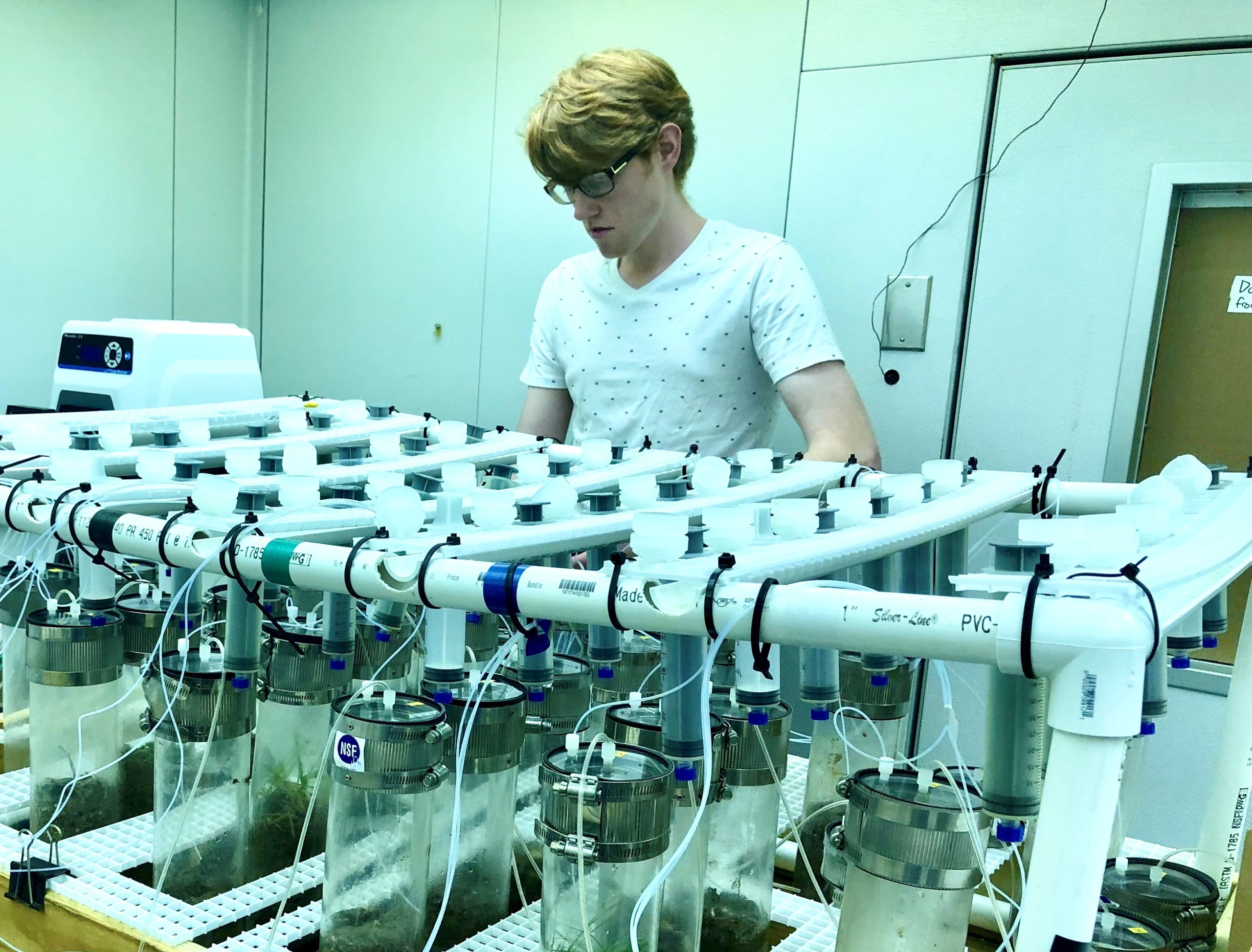
Morgan Michael, MS student (BS Southern Illinois University – Carbondale) studyed spatial and temporal variability in wetland nutrient retention. He is now a GIS specialist at a consulting firm in Seattle, WA.
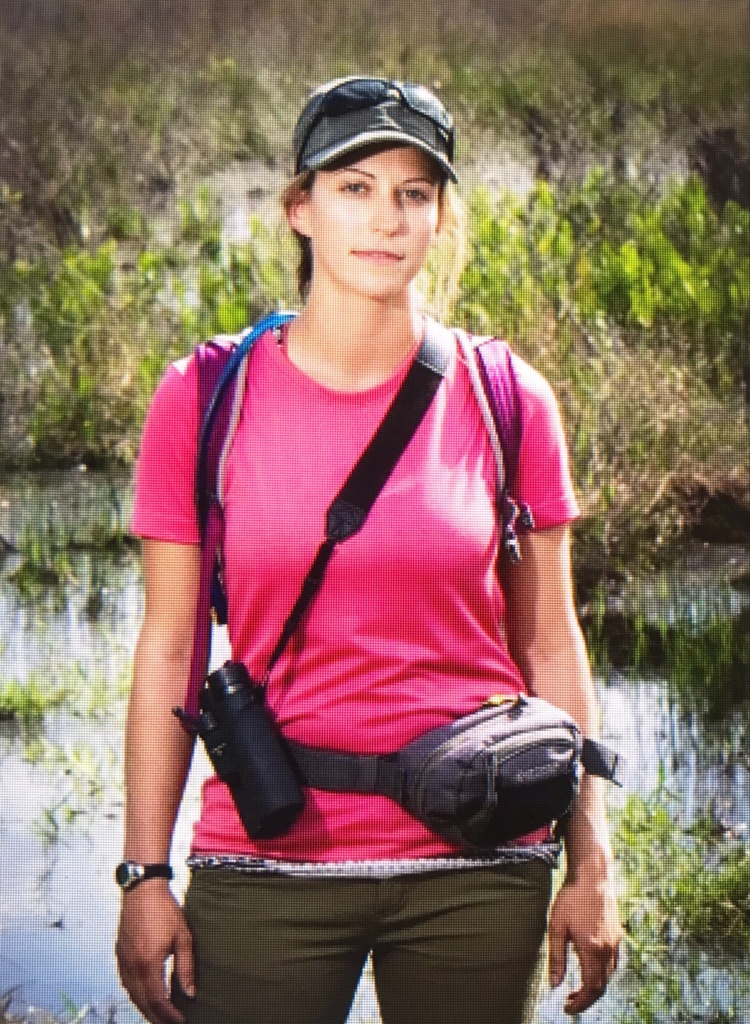
Stephanie Driscoll (B.A. University of Montana), Lab Technician
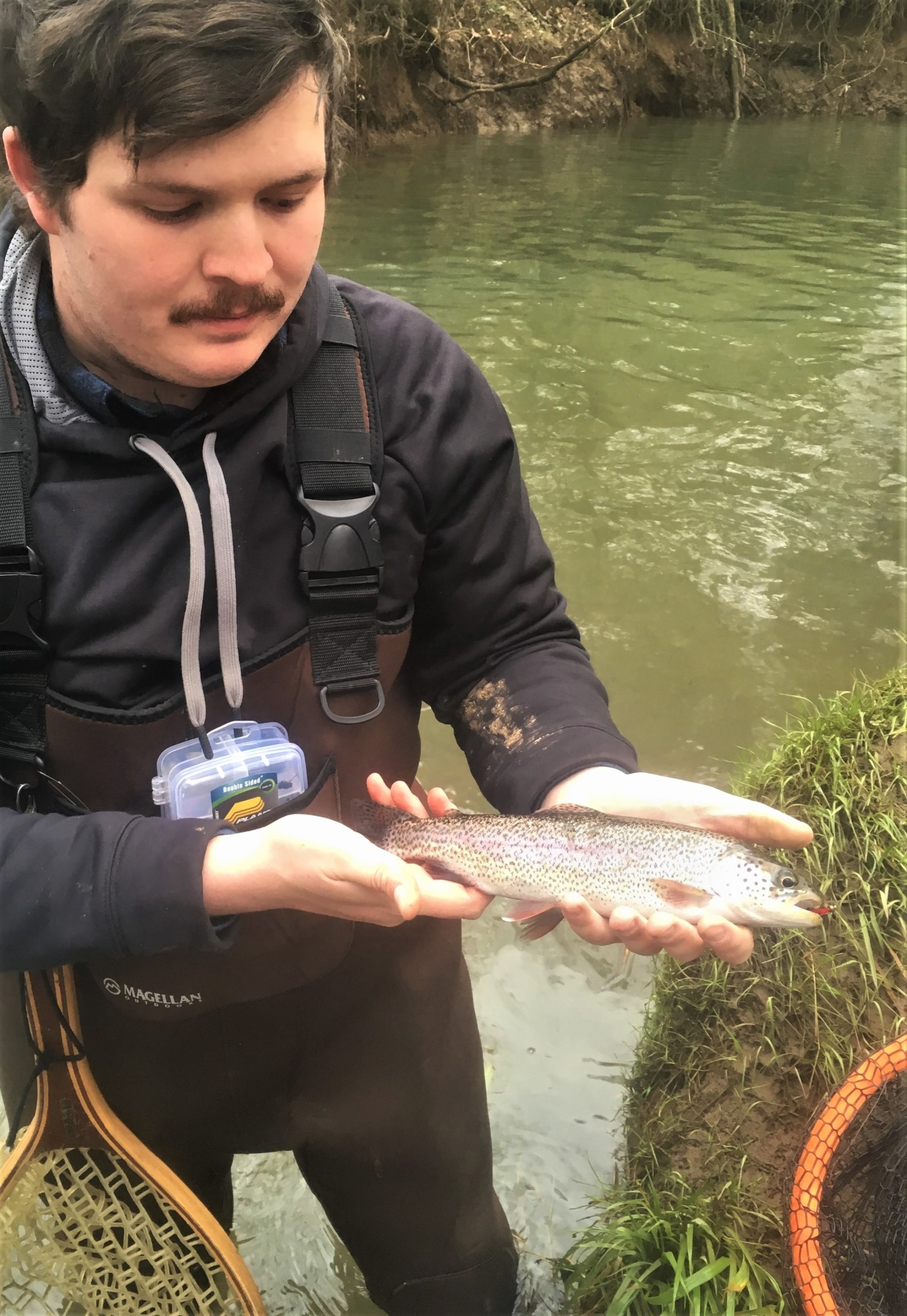
Trevor Crawford, MS student (BS Tennessee Tech) is studying the how cyanobacteria use toxins by investigating the effects of toxins competitors and grazer physiology in natural plankton communities.
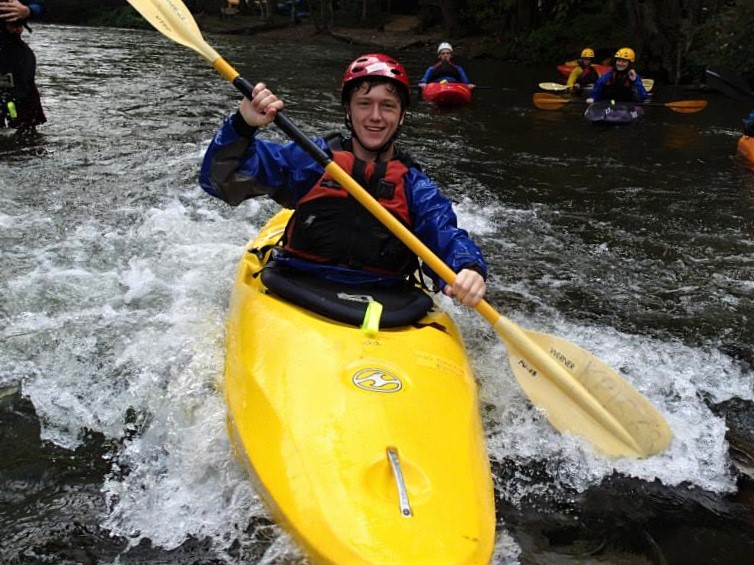
Spencer Womble, PhD Student (BS University of Tennessee, MS Tennessee Tech University) is studied how wetland hydrology patterns effect community succession and the recovery rates of ecosystem services. He is now a postdoctoral research associate at the University of Georgia.
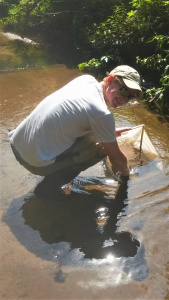
Robert Brown, PhD student (MS University of North Carolina Greensboro) studied nutrient retention and methane production in restored wetlands. He is now a postdoctoral research associate with Oak Ridge National Laboratory.

Shrijana Duwadi, PhD student (MS Auburn University) is researching the role of soil characteristics wetland nutrient cycling rates, and greenhouse gas production. Shrijana is now a postdoctoral research associate at the University of California – Merced
